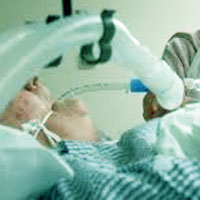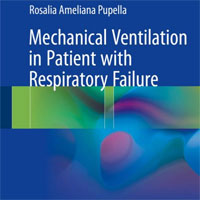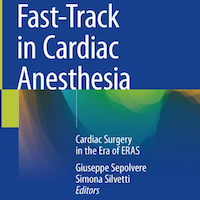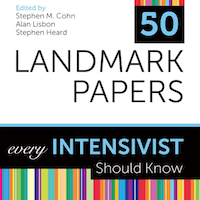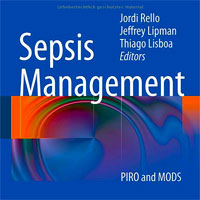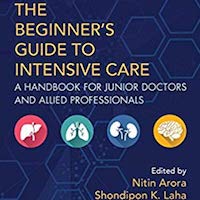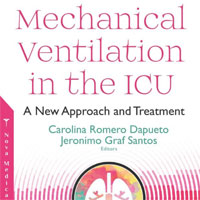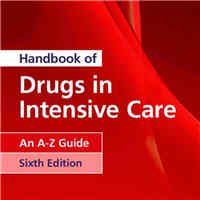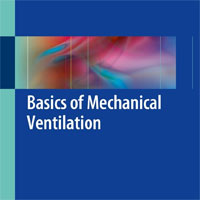Tag: mechanical ventilation
Prolonged Glucocorticoid Treatment is Associated with Improved ARDS Outcomes
Prolonged methylprednisolone treatment accelerates the resolution of ARDS, improving a broad spectrum of interrelated clinical outcomes and decreasing hospital mortality and healthcare utilization. We conducted two sets of... read more

Inspiratory Muscle Training for ICU Patients
Inspiratory muscle weakness is a known consequence of prolonged mechanical ventilation, and there is emerging evidence that specific inspiratory muscle training (IMT) can ameliorate this weakness. Australian researchers recommend... read more
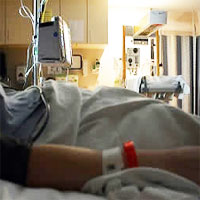
Barriers to implementing expert safety recommendations for early mobilization in ICU during mechanical ventilation
Early mobilization in the intensive care unit (ICU) has been consistently reported as feasible and safe with minimal adverse events; however, invasive mechanical ventilation patients are rarely actively mobilized. An expert... read more
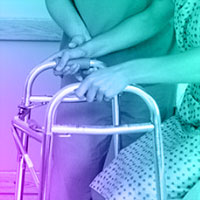
Mechanical Ventilation Induces Desensitization of Lung Axl Tyrosine Kinase Receptors
These data suggest that lung endothelial cell overdistention activates ion channels, and the resultant influx of Ca2+ inactivates Axl. Downstream inactivation of Axl by stretch was not anticipated; preventing this would be... read more
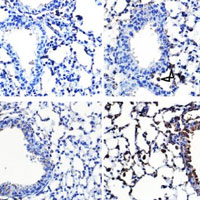
Modes of Mechanical Ventilation Vary Between Hospitals and ICUs within a University Healthcare System
As evidence-based guidance to aid clinicians with mechanical ventilation mode selection is scant, we sought to characterize the epidemiology thereof within a university healthcare system and hypothesized that nonconforming... read more
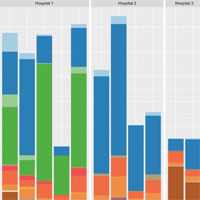
Timing of Renal Support and Outcome of Septic Shock and ARDS
Early RRT initiation strategy was not associated with any improvement of 60-day mortality in patients with severe acute kidney injury and septic shock or Acute Respiratory Distress Syndrome (ARDS). Unnecessary and potentially... read more
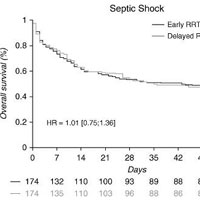
Pressure ulcers in ICU patients: Incidence and clinical and epidemiological features
Pressure ulcers in ICU patients: Incidence and clinical and epidemiological features: A multicenter study in southern Brazil. The main objective is to evaluate the incidence and risk factors of pressure ulcers (PU) in adult... read more
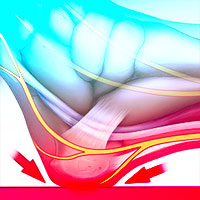
Distinguishing Pneumonia From Pneumonitis to Safely Discontinue Antibiotics
Consequences of pulmonary aspiration can be biphasic with dissimilar sequelae. An early phase, coined pneumonitis, involves an inflammatory reaction to gastrointestinal contents with a pH typically less than 2.4 resulting... read more
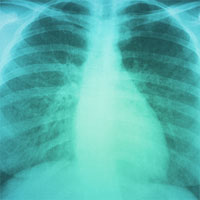
Management and Outcomes of ARDS Patients With and Without Comorbid Conditions
Half the patients with acute respiratory distress syndrome (ARDS) had major comorbidities, which were associated with severe ARDS, multiple organ dysfunction, and day‑28 mortality. These findings do not support the exclusion... read more
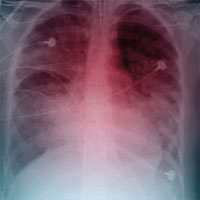
Limiting Sedation for Patients with ARDS
Current evidence supports the use of protocol-based, light-sedation strategies in critically ill patients with ARDS. Further research into sedation management specifically in ARDS populations is needed. Deep sedation strategies... read more
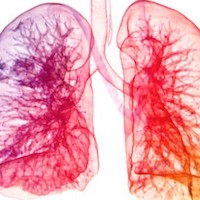
Mechanical Ventilation: Physiological and Clinical Applications
Known for its simple explanations and in-depth coverage of patient-ventilator management, this evidence-based text walks readers through the most fundamental and advanced concepts surrounding mechanical ventilation and guides... read more
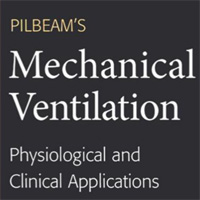
Fluid Bolus Over 15-20 Versus 5-10 Minutes Each in the First Hour of Resuscitation in Children With Septic Shock
Children receiving fluid boluses over 5–10 minutes each had a higher risk of intubation than those receiving boluses over 15–20 minutes each. Notwithstanding the lack of difference in risk of mortality and the possibility... read more

Airway Pressure-time Curve Profile Detects Tidal Recruitment/Hyperinflation
Airway pressure-time curve profile (stress index) detects tidal recruitment/hyperinflation in experimental acute lung injury. Shape of the Paw-t curve detects tidal recruitment and tidal hyperinflation. Pulmonary computed... read more
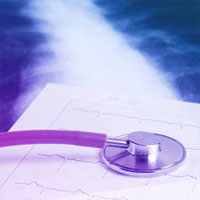
Comparing Effects Between Music Intervention and Aromatherapy on Anxiety of Patients Undergoing Mechanical Ventilation in the ICU
Music and aromatherapy interventions were both effective for ICU patients. The effects of music intervention were greater than that of aromatherapy; both interventions maintained the effects for at least 30 min. The Music... read more
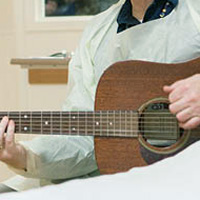
One-Year Outcomes in Patients With ARDS
Poor functional recovery after invasive mechanical ventilation for acute respiratory distress syndrome is common. Helmet noninvasive ventilation may be the first intervention that mitigates the long-term complications that... read more
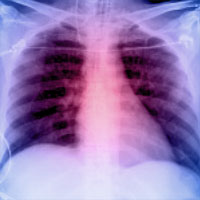
Risk Factors for HAI After Pediatric Cardiac Surgery
Mechanical ventilation greater than or equal to 3 days, dopamine use, genetic abnormality, and delayed sternal closure were associated with healthcare-associated infections after pediatric cardiac surgery. Since the use of... read more

Early Mobilization of Patients in ICU
Currently there is a divide between ICU clinicians who wish to implement early mobilization based on current evidence and clinicians who believe that early mobilization is an intervention that should be tested in a large... read more
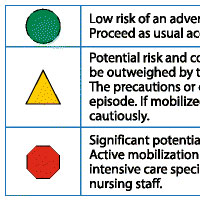
Antibiotic Therapy in Comatose Mechanically Ventilated Patients Following Aspiration
Dr. Fraser, MD, speaks with Jean Baptiste Lascarrou, MD, about the article, "Antibiotic Therapy in Comatose Mechanically Ventilated Patients Following Aspiration: Differentiating Pneumonia from Pneumonitis," published in... read more
How to Run Successful Rounds in the ICU
Rounds in the intensive care unit (ICU) allow for scheduled discussions in which healthcare providers review clinical information and develop care plans for critically ill patients. Despite this straightforward concept, there... read more

Unexplained Mortality Differences Between Septic Shock Trials
Although the definition of septic shock has been standardized, some variation in mortality rates among clinical trials is expected. Insights into the sources of heterogeneity may influence the design and interpretation of... read more

Tracheotomy in the ICU: Guidelines from a French Expert Panel
Tracheotomy is widely used in intensive care units (ICUs), albeit with great disparities between medical teams in terms of frequency and modality. Indications and techniques are, however, associated with variable levels of... read more
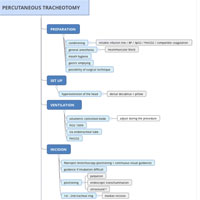
Associations With Psychological Outcomes Among Family Members of Mechanical Ventilation Survivors
In this multicenter cross-sectional survey, we interviewed family members of mechanically ventilated patients at the time of transfer from the ICU to the hospital ward. To our knowledge, this is the first study to explore... read more
